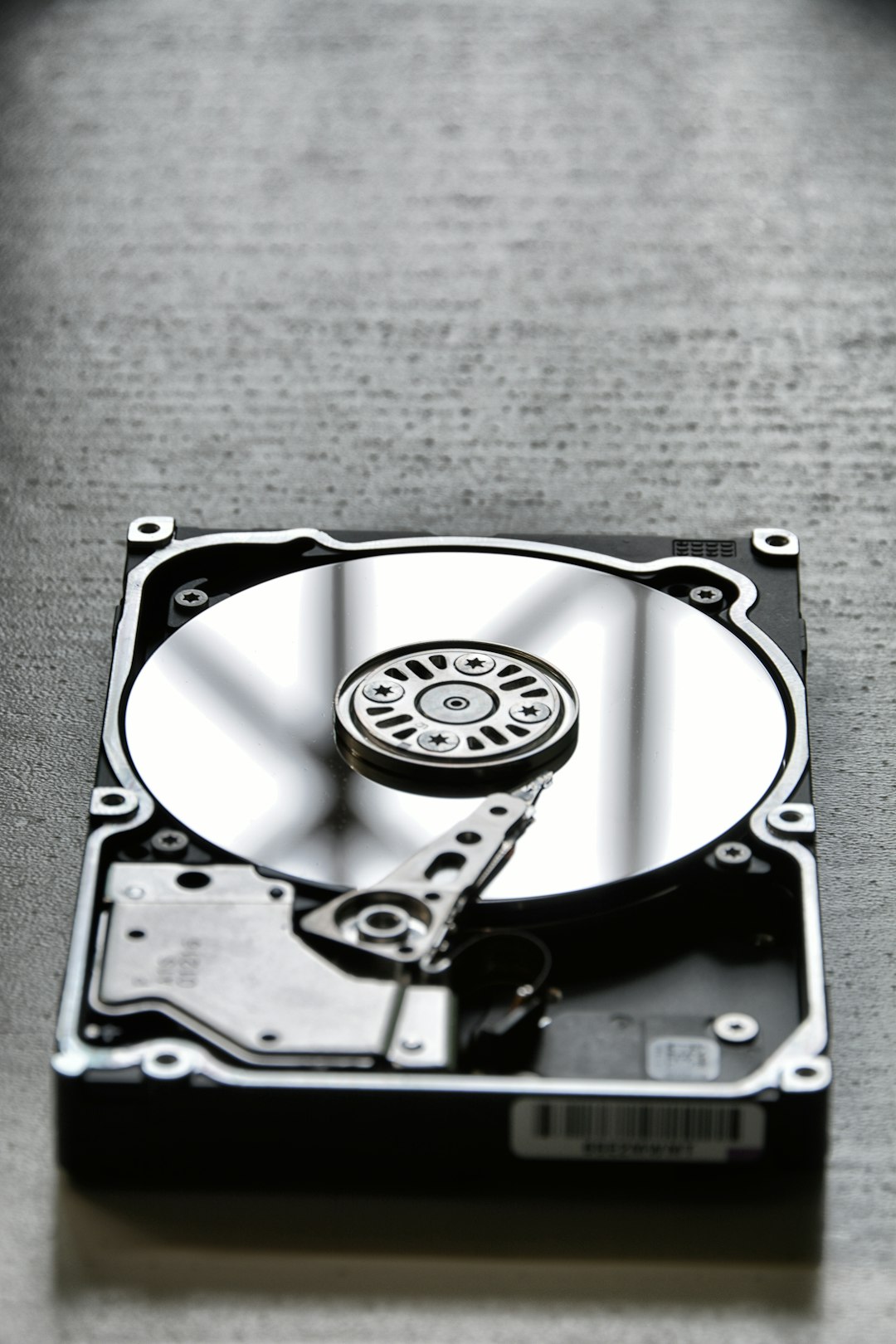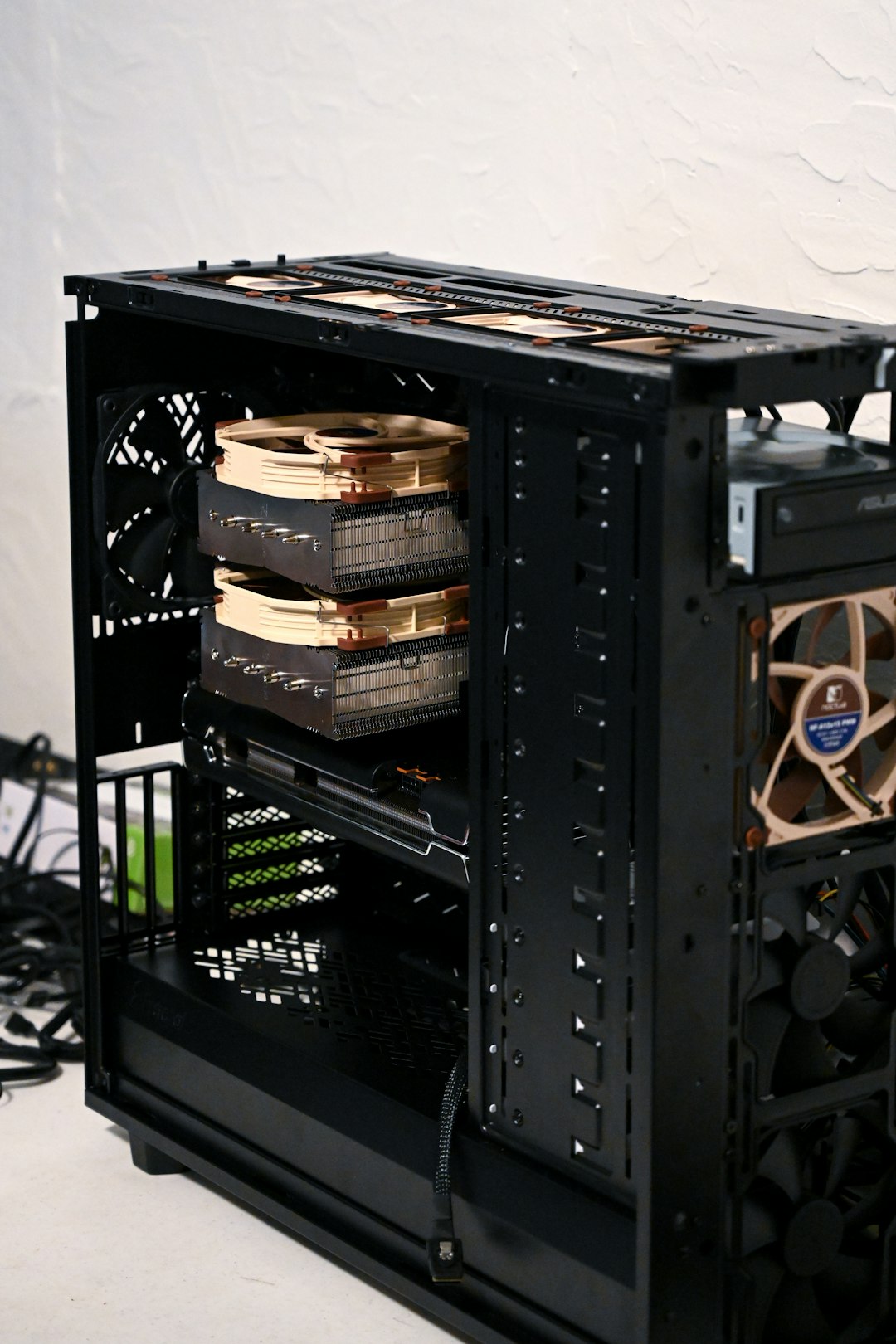Ever wondered what that mysterious “buffer size” means when you’re shopping for a hard disk? You’re not alone. It’s one of those tech specs that sounds important, but isn’t always explained well. Buckle in! We’re here to make it easy and—dare we say—fun.
Before we get into the details, let’s get one thing straight.
The hard disk buffer size is like the memory snack pack for your storage drive.
Yep, snack pack. Not the full meal (that’s your main system RAM), and not the fridge (that’s your actual hard disk capacity), but something in between that helps speed things up a bit.
What Is a Hard Disk Buffer?
When your computer writes or reads data from the hard disk, it passes through cache memory—also called the buffer. Think of this as a tiny waiting room where data hangs out before moving on to its final destination.
Here’s what it helps with:
- Quick access to frequently used data
- Smoother transfer of files
- Reduction in latency (that annoying lag!)
This “waiting room” lives on a small chip on the hard disk and comes in sizes like 8MB, 16MB, 32MB, 64MB, or even 256MB on some newer drives.

Does Size Really Matter?
It depends!
Bigger buffer size usually means better performance, but only in certain situations. For the average user:
- Browsing the web
- Storing photos
- Watching movies
The buffer size won’t make a huge difference. But if you’re doing anything more intense, like:
- Editing large video files
- Running virtual machines
- Gaming with massive assets
Then, yup, buffer size can help things run more smoothly.
Interesting Bit: It’s Temporary!
The buffer isn’t a permanent storage area. It gets cleared out frequently. It just helps manage traffic and reduce slowdown. So don’t expect it to save your files or act like extra memory. It’s more like a helpful crossing guard.
How It Works in Real Life
Let’s say you want to transfer a 2GB video file. That file won’t go to your computer straight from the hard disk in one massive chunk. Instead, pieces of it stop in the buffer first. Once a piece is in the buffer, your CPU grabs it and moves on to the next chunk.
If your buffer is small, it fills quickly, and your computer has to wait for it to clear. If it’s larger, it can hold more data and keep the process flowing like a well-oiled machine.

So, Should You Care?
Maybe…
Here’s when it matters:
- You do heavy work with large files
- You’re buying a high-performance workstation
- You need every ounce of speed
And here’s when it doesn’t matter as much:
- You just want to store documents and photos
- You’re on a budget
- You already use SSDs (which have different kinds of memory anyway!)
Remember that buffer size is only one part of the performance puzzle. RPM (rotations per minute), connection type (like SATA vs. NVMe), and the overall condition of your drive are also important.
Quick Tips Before Buying
- 32MB is fine for casual users
- 64MB or more for pros and creatives
- SSD? Don’t stress the buffer—focus on read/write speeds
Final Thought
So, is buffer size the super secret to speed? Not exactly. But it does help in the right situations. It’s a small hero in the background, quietly making your hard disk’s job easier.
And now that you understand it, you’re officially smarter than most people shopping for hard disks. Bravo!



